Full-size SUVs Aren't Taking Part in the SUV Boom
U.S. sales of utility vehicles increased 16 percent last year. Amidst the modest decrease in volume reported by the industry in January 2016, U.S. sales of SUVs and crossovers jumped by more than 6 percent.
Yet even with drivers enjoying truly low fuel prices, we have not seen a return to the days of full-size, truck-based, body-on-frame SUV dominance in the modern SUV/crossover sector. In fact, U.S. sales of the 10 full-size SUVs which use full-size pickup truck platforms as a foundation collectively declined 2 percent as America’s auto industry soared to record highs in 2015.
And 2016 begins similarly. Two Chevrolets, two GMC, two Cadillacs, and individual nameplates from Ford, Lincoln, Nissan, and Cadillac tumbled 9 percent in January.
Of course, we’ve long since passed the days in which we expected General Motors to sell 200,000 Tahoes per year plus another 150,000 Suburbans, nearly 90,000 Yukons, 70,000 Yukon XLs, and 50,000 Escalades thrown in for good measure. In 2015, GM sold 249,000 full-size SUVs in total.
The glory days are over. That much we know.
But in concert with the launch of an all-new fleet of GM brutes in early 2014, the segment surged. Sales of the four highest-volume nameplates — Tahoe, Suburban, Expedition, Yukon — jumped 19 percent two years ago. In 2013, the core group of seven “mainstream” brand full-size SUVs had already jumped 10 percent.
Surely a higher-volume market for new vehicles, one driven largely by increased interest in utility vehicles, low fuel prices, and investment in new product would propel the category to something resembling the pre-recession glory days.
Apparently not.
Sales are slightly south of flat. (Accounting for the shorter sales month in January 2016, the daily selling rate was down 2 percent, matching the decline from calendar year 2015.)
Three key factors stand out for the lackluster performance: positioning, priorities, and personnel.
POSITIONING
These full-size SUVs moved upmarket, forsaking any notion of the concept of an entry-level full-size SUV. The benefits? The potential for profit when selling a $50,000 version of what is essentially a sub-$30,000 pickup truck is tasty. Seven of these vehicles wear decidedly common logos on their grille, but nearly four out of every ten Yukons in stock sticker at more than $70,000. Fewer than 40 percent of the Tahoes in stock cost less than $60,000.
This isn’t the positioning of alternative family transport. These are luxury SUVs which, for the most part, lack the second-row comfort of crew cab pickup trucks.
PRIORITIES
In 2015, the five top-selling utility vehicles in America were all on the smaller end of the ledger – CR-V, Escape, RAV4, Rogue, Equinox – and claimed close to a quarter of all utility vehicle sales with average AWD/4-cylinder highway fuel economy of 30 mpg. (In 2006, the five top-selling passenger cars averaged 33 in their most efficient forms, all with front-wheel drive.)
Not only are these efficient utility vehicles by far the most popular utility vehicles, but 20 percent of the growth in the SUV/CUV market in 2015 came as a result of all-new subcompact utilities that might have made us snicker a decade ago: Renegade, Trax, HR-V, CX-3, 500X.
In other words, even with improved V-8 (and EcoBoost V-6) fuel economy from full-size SUVs and lower fuel prices, it’s not difficult to see that much of the strength in the sector is derived from vehicles without any SUV fuel economy penalty.
PERSONNEL
At General Motors, where sales of their six full-size SUVs fell by 160,000 units between 2005 and 2015, General Motors added 276,000 Lambda platform crossovers since 2007. Not to mention, 2015 was a record year for the Acadia and Traverse, the second-best year ever for the Enclave, and a record year for the platform as a whole.
Undoubtedly, the removal of big crossovers from GM’s lineup wouldn’t result in a 276,000-unit improvement in full-size SUV sales at GM. But there’s also no doubt that automakers have altered their lineups, and there’s a whole flock of alternative utility vehicles stealing sales from traditional body-on-frame full-size SUVs.
Timothy Cain is the founder of GoodCarBadCar.net, which obsesses over the free and frequent publication of U.S. and Canadian auto sales figures. Follow on Twitter @goodcarbadcar and on Facebook.
More by Timothy Cain
Latest Car Reviews
Read moreLatest Product Reviews
Read moreRecent Comments
- Kjhkjlhkjhkljh kljhjkhjklhkjh I'd rather they have the old sweep gauges, the hhuuggee left to right speedometer from the 40's and 50's where the needle went from lefty to right like in my 1969 Nova
- Buickman I like it!
- JMII Hyundai Santa Cruz, which doesn't do "truck" things as well as the Maverick does.How so? I see this repeated often with no reference to exactly what it does better.As a Santa Cruz owner the only things the Mav does better is price on lower trims and fuel economy with the hybrid. The Mav's bed is a bit bigger but only when the SC has the roll-top bed cover, without this they are the same size. The Mav has an off road package and a towing package the SC lacks but these are just some parts differences. And even with the tow package the Hyundai is rated to tow 1,000lbs more then the Ford. The SC now has XRT trim that beefs up the looks if your into the off-roader vibe. As both vehicles are soft-roaders neither are rock crawling just because of some extra bits Ford tacked on.I'm still loving my SC (at 9k in mileage). I don't see any advantages to the Ford when you are looking at the medium to top end trims of both vehicles. If you want to save money and gas then the Ford becomes the right choice. You will get a cheaper interior but many are fine with this, especially if don't like the all touch controls on the SC. However this has been changed in the '25 models in which buttons and knobs have returned.
- Analoggrotto I'd feel proper silly staring at an LCD pretending to be real gauges.
- Gray gm should hang their wimpy logo on a strip mall next to Saul Goodman's office.

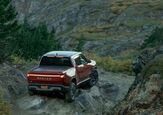
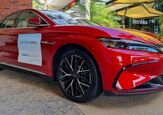

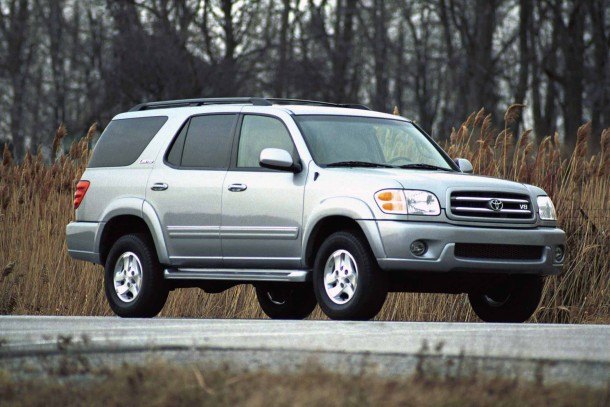
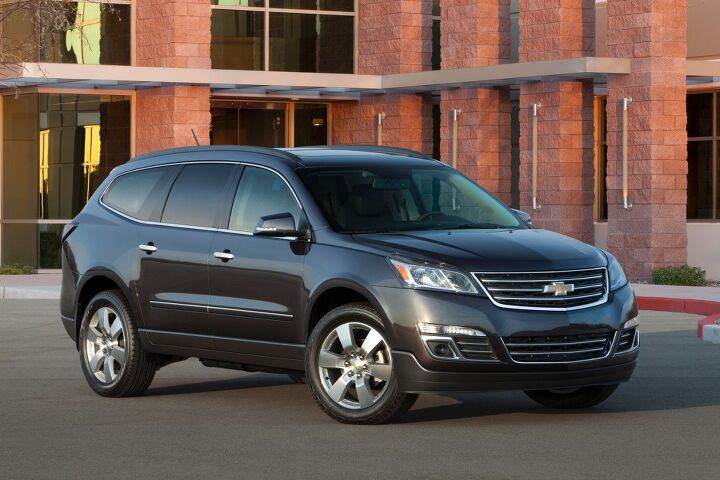
















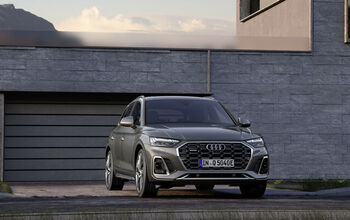
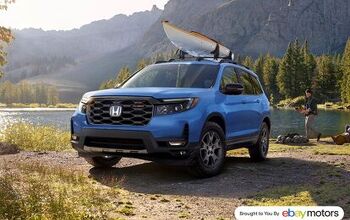
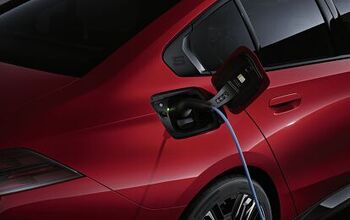
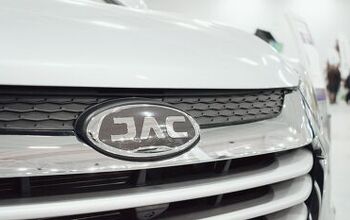

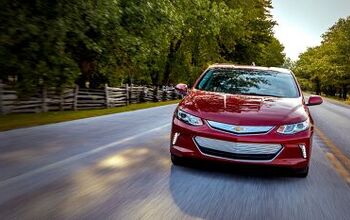


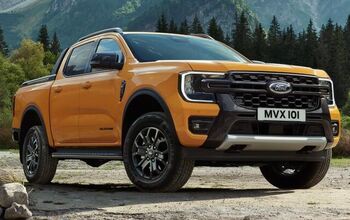

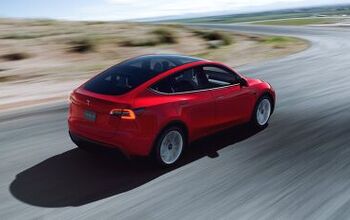
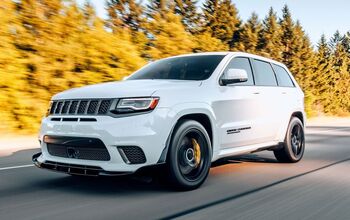


Comments
Join the conversation
Pretty obvious what's going on here. Price of new FS BOF SUVs, popularity of crew cab 1/2 ton PU's and a change/shift in the market. It isn't the 90's anymore and cheap gas isn't gonna change that.
I wanted a 15 Tahoe. I went to the dealer and tried to make a deal for a base model 4WD. The pricing was outrageous. GM, I may be wealthy, but I am not stupid. For that price, Chevy can stick those up its tail. I bought a new Pilot for 60% of the Tahoe price. I made an attempt to buy American.